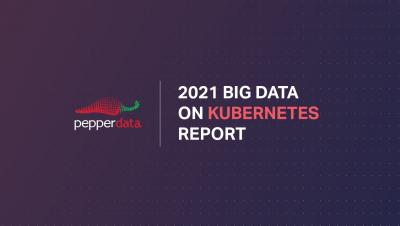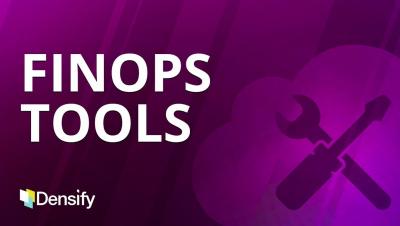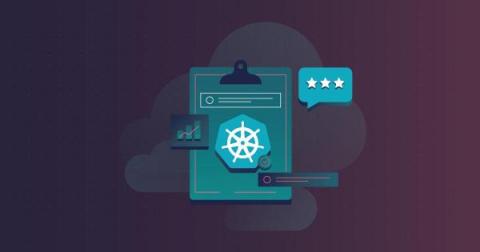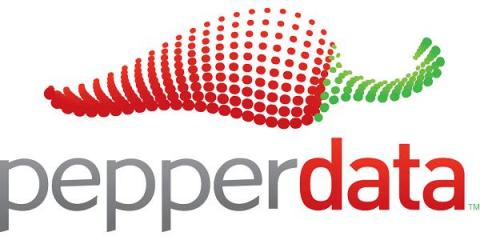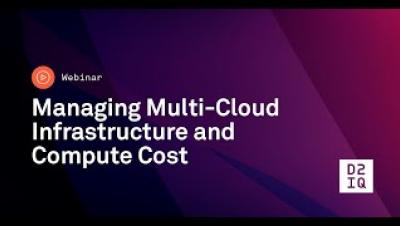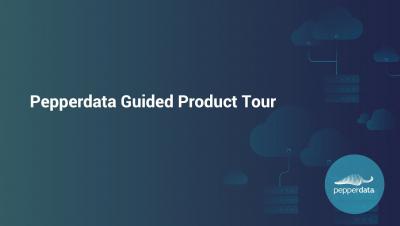Pepperdata Helps Companies Get a Clear View of Their Big Data Stack
Peppedata ends 2021 on a very strong note as a premiere solution for providing visibility and automation for your big data stack. Among the highlights of this year’s run are a few recognitions from our friends at G2. The site gets 5.5 million visits every month from people and enterprises that are looking for reliable solutions that meet both their needs and budget. As the biggest and most trusted marketplace for software vendors and consumers, any award from G2 is always a cause for celebration.




